This Time in Bamyan
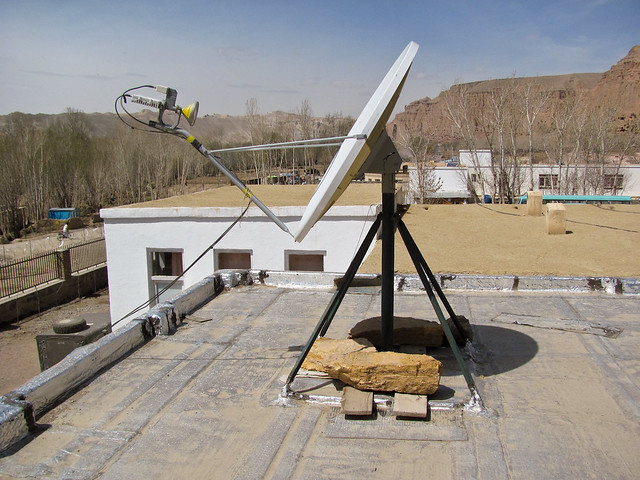 Back in April of this year, my colleague, Una and I came to Bamyan for a needs assessment survey at Bamyan University (hereafter BU). The university is located in the provincial center. The number of students as per last April was over 1700. Its academics are faculties of Education, Social Sciences, Agriculture, Geology. And faculties of Computer Science, Journalism and Health to open in 2012.
Back in April of this year, my colleague, Una and I came to Bamyan for a needs assessment survey at Bamyan University (hereafter BU). The university is located in the provincial center. The number of students as per last April was over 1700. Its academics are faculties of Education, Social Sciences, Agriculture, Geology. And faculties of Computer Science, Journalism and Health to open in 2012.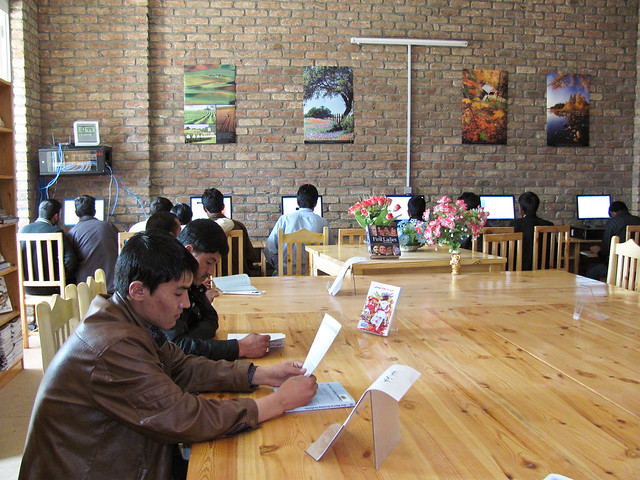 We took a tour of BU’s old and new campuses. BU’s new campus that was under construction in our last trip is the most remote university I have ever seen. My colleague visited the girls’ dorm since I a man and not allowed into the girls’ dorm. Photo of thermal water heating system at the girls’ dorm:
We took a tour of BU’s old and new campuses. BU’s new campus that was under construction in our last trip is the most remote university I have ever seen. My colleague visited the girls’ dorm since I a man and not allowed into the girls’ dorm. Photo of thermal water heating system at the girls’ dorm: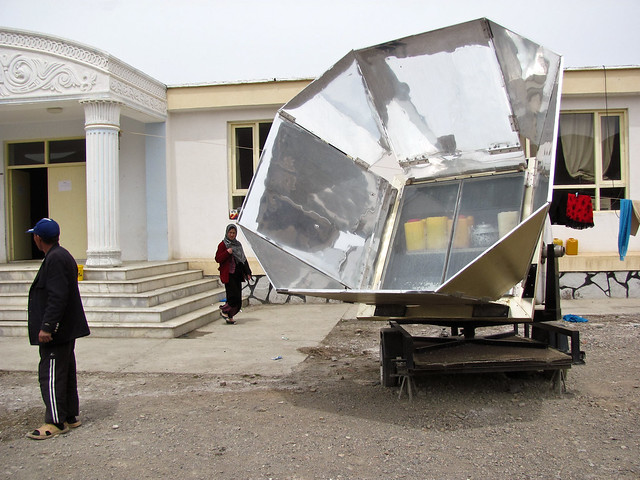 I was impressed by the young and talented faculty members of the university. They have been extremely helpful and friendly. The aim of our visit was to assess the electricity situation at university and then see how we could help. The university has big generators but the the donors who donated these generators to them did not think about the fuel costs. One of the biggest challenges for the university is their fuel costs for the generators. They have very limited funds for it and they can’t run them more than four hours a day. They need to run the four computer labs they have for the university students and the faculty from at least 8am to 4pm. Insufficient supply of electricity. Another mistake that the previous donors have made is that they donated desktop computers to them which require a lot of electricity. In addition to noting their electricity problems, we noticed that they needed more computer labs and internet for the overwhelming number of students. The new campus had no computer lab or internet when we visited. Another great challenge of the university was lack of local IT expertise.
I was impressed by the young and talented faculty members of the university. They have been extremely helpful and friendly. The aim of our visit was to assess the electricity situation at university and then see how we could help. The university has big generators but the the donors who donated these generators to them did not think about the fuel costs. One of the biggest challenges for the university is their fuel costs for the generators. They have very limited funds for it and they can’t run them more than four hours a day. They need to run the four computer labs they have for the university students and the faculty from at least 8am to 4pm. Insufficient supply of electricity. Another mistake that the previous donors have made is that they donated desktop computers to them which require a lot of electricity. In addition to noting their electricity problems, we noticed that they needed more computer labs and internet for the overwhelming number of students. The new campus had no computer lab or internet when we visited. Another great challenge of the university was lack of local IT expertise.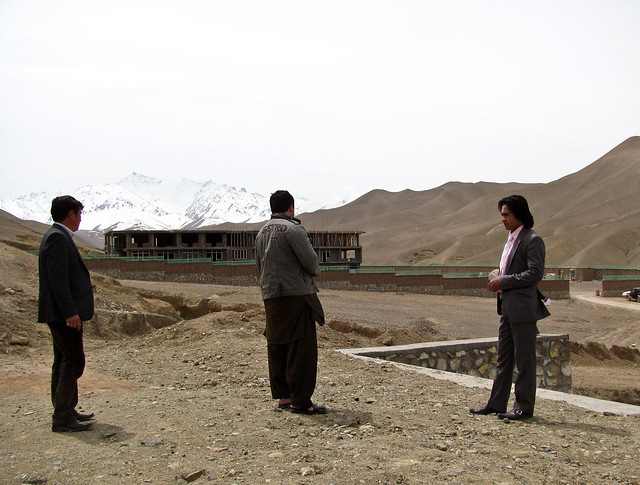
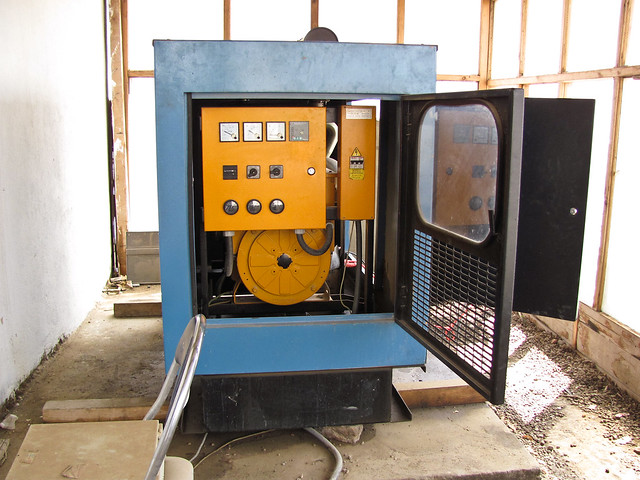
 At the end of our 5‑day survey at BU, we shared our findings with our big bosses in Washington, DC. Luckily, they were able to fund two computer labs for the university with a total of 40 energy efficient laptops, a complete solar system for the two computer labs and internet for one of the two labs. My colleague and I were also able to raise some money to finance two professors from Bamyan University and a few more people from other organizations to attend a 2‑week intensive training on website management in the capital, Kabul which ended last Friday. Here we are again we arrived in Bamyan yesterday morning. We came here a few days ahead of the solar engineers to train the university students and the staff in a bunch of tech tools, social media and mapping tools and apps. There was also money budgeted for 15 smart phones that we purchased in this project. It’s important for the students and the professors of social sciences department and others to learn how to use them when they are training in social media and mapping.
At the end of our 5‑day survey at BU, we shared our findings with our big bosses in Washington, DC. Luckily, they were able to fund two computer labs for the university with a total of 40 energy efficient laptops, a complete solar system for the two computer labs and internet for one of the two labs. My colleague and I were also able to raise some money to finance two professors from Bamyan University and a few more people from other organizations to attend a 2‑week intensive training on website management in the capital, Kabul which ended last Friday. Here we are again we arrived in Bamyan yesterday morning. We came here a few days ahead of the solar engineers to train the university students and the staff in a bunch of tech tools, social media and mapping tools and apps. There was also money budgeted for 15 smart phones that we purchased in this project. It’s important for the students and the professors of social sciences department and others to learn how to use them when they are training in social media and mapping. 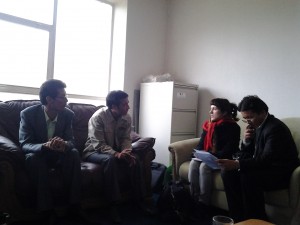 We had a brief meeting with the deputy chancellor of BU late afternoon yesterday and we’ll discuss our schedule for the training and an overview of the plan with them in more detail later this morning. They will also help us to identify students for the training today. My awesome colleague asked them to keep in mind gender balance in identifying the trainees. They’ll be trained in four different things: 1. Starting on the 16th, 2 days of OpenStreetMap training which I will be giving (Bamyan on OSM will hopefully look like Jalalabad on OSM one day). 2. Then 2 days of social media and blogging training that Una will be giving. 3. After that 2 days of training in Crowdmap (an Ushahidi initiated platform for disaster response and reports). 4. And finally when the solar engineers arrive on the 21st of October, we’d like the trainees to be present there and see how they install the solar gear and the computer lab. It’s 2:45 in the morning and I need to get some shut eye. But please look at the photo blog of Una about our yesterday’s wonderful trip: Transitionland.wordpress.com/back-to-bamiyan/
We had a brief meeting with the deputy chancellor of BU late afternoon yesterday and we’ll discuss our schedule for the training and an overview of the plan with them in more detail later this morning. They will also help us to identify students for the training today. My awesome colleague asked them to keep in mind gender balance in identifying the trainees. They’ll be trained in four different things: 1. Starting on the 16th, 2 days of OpenStreetMap training which I will be giving (Bamyan on OSM will hopefully look like Jalalabad on OSM one day). 2. Then 2 days of social media and blogging training that Una will be giving. 3. After that 2 days of training in Crowdmap (an Ushahidi initiated platform for disaster response and reports). 4. And finally when the solar engineers arrive on the 21st of October, we’d like the trainees to be present there and see how they install the solar gear and the computer lab. It’s 2:45 in the morning and I need to get some shut eye. But please look at the photo blog of Una about our yesterday’s wonderful trip: Transitionland.wordpress.com/back-to-bamiyan/

